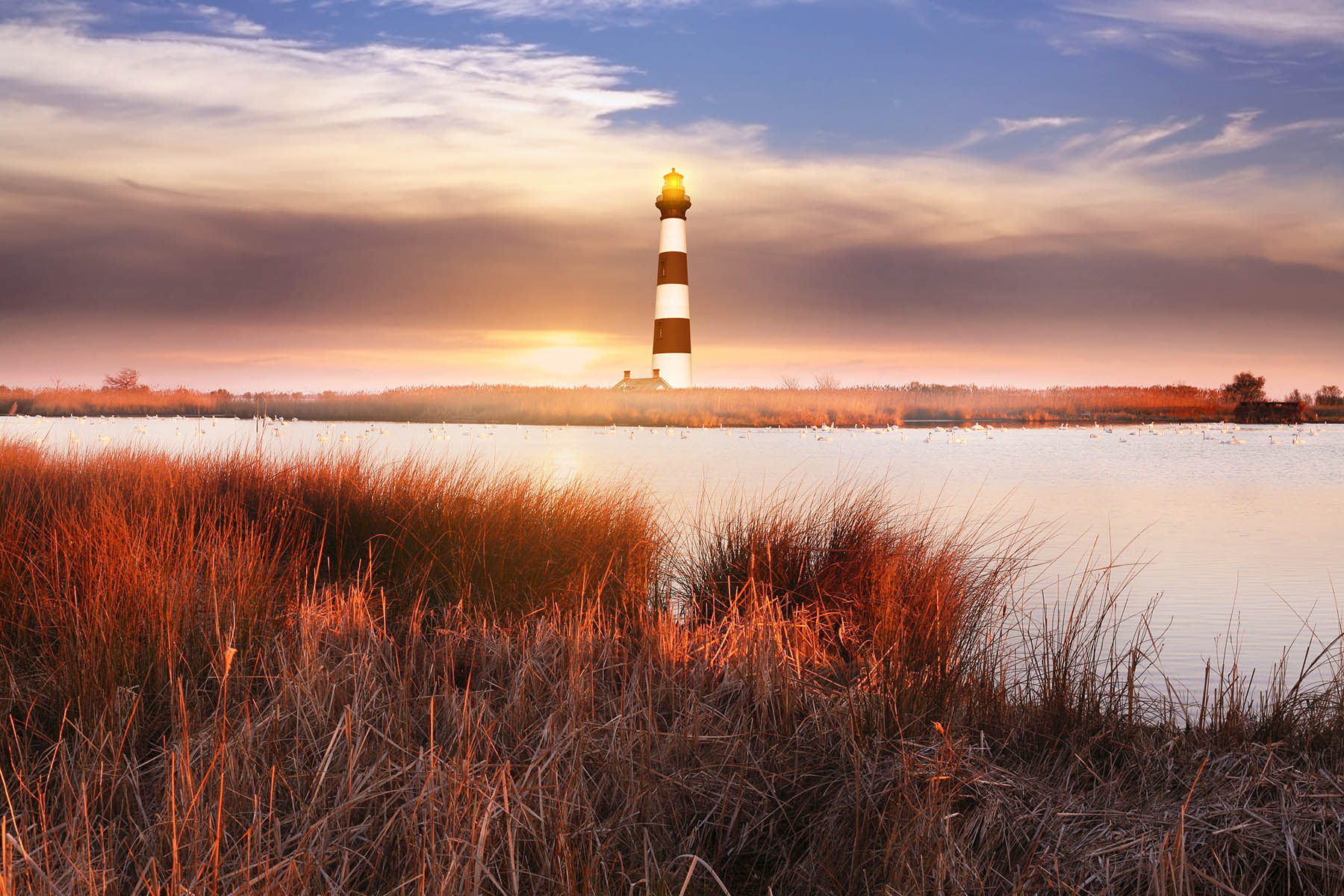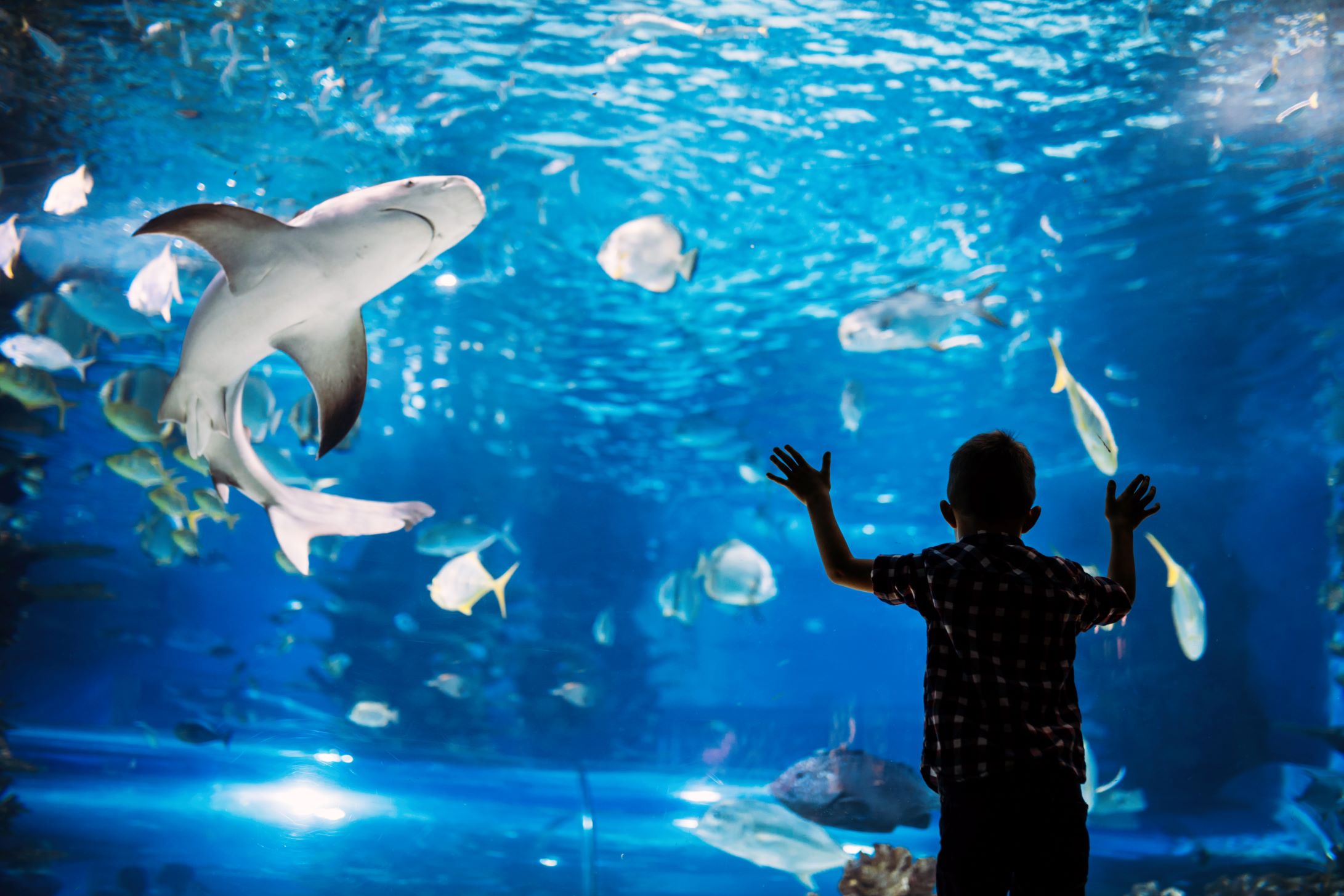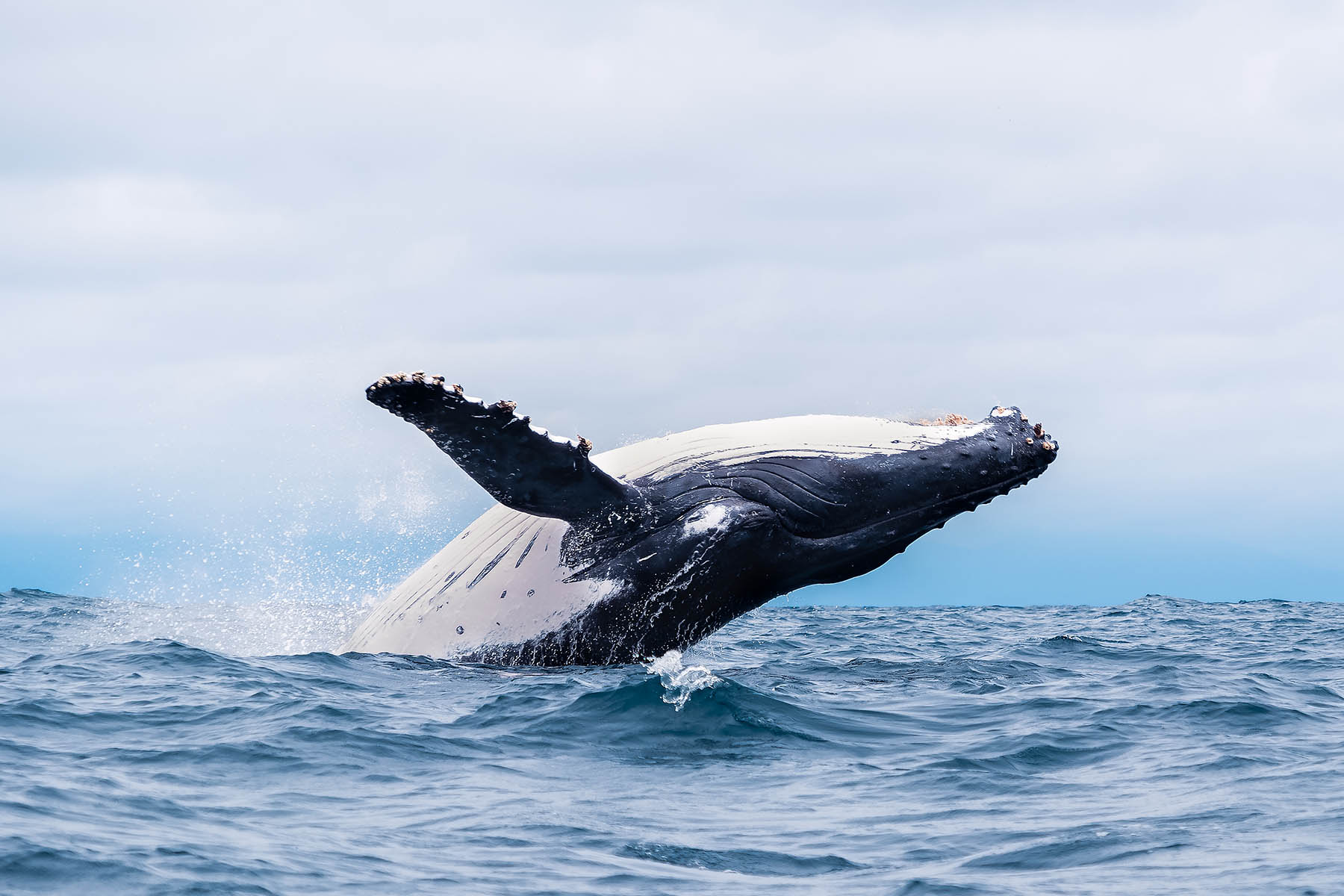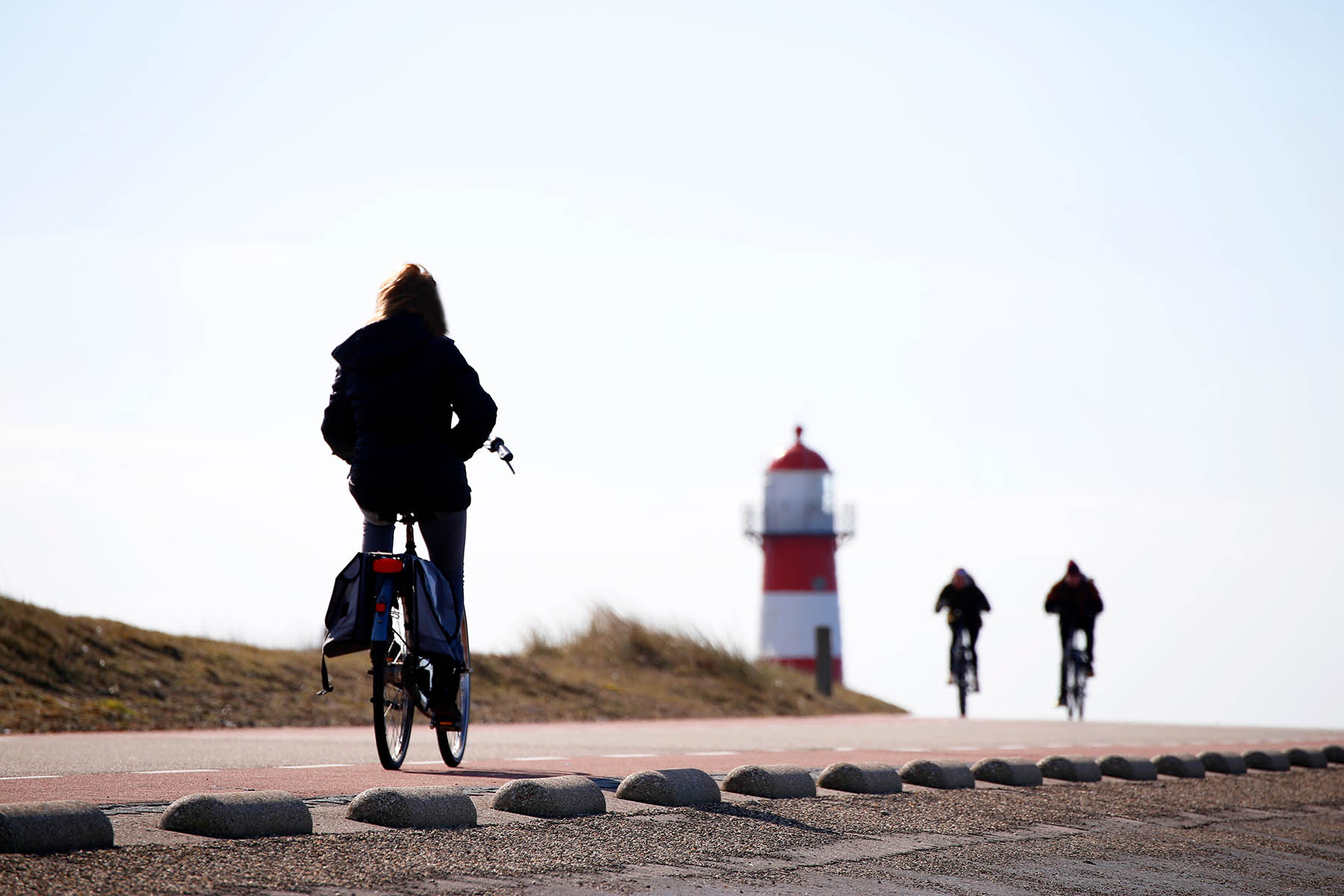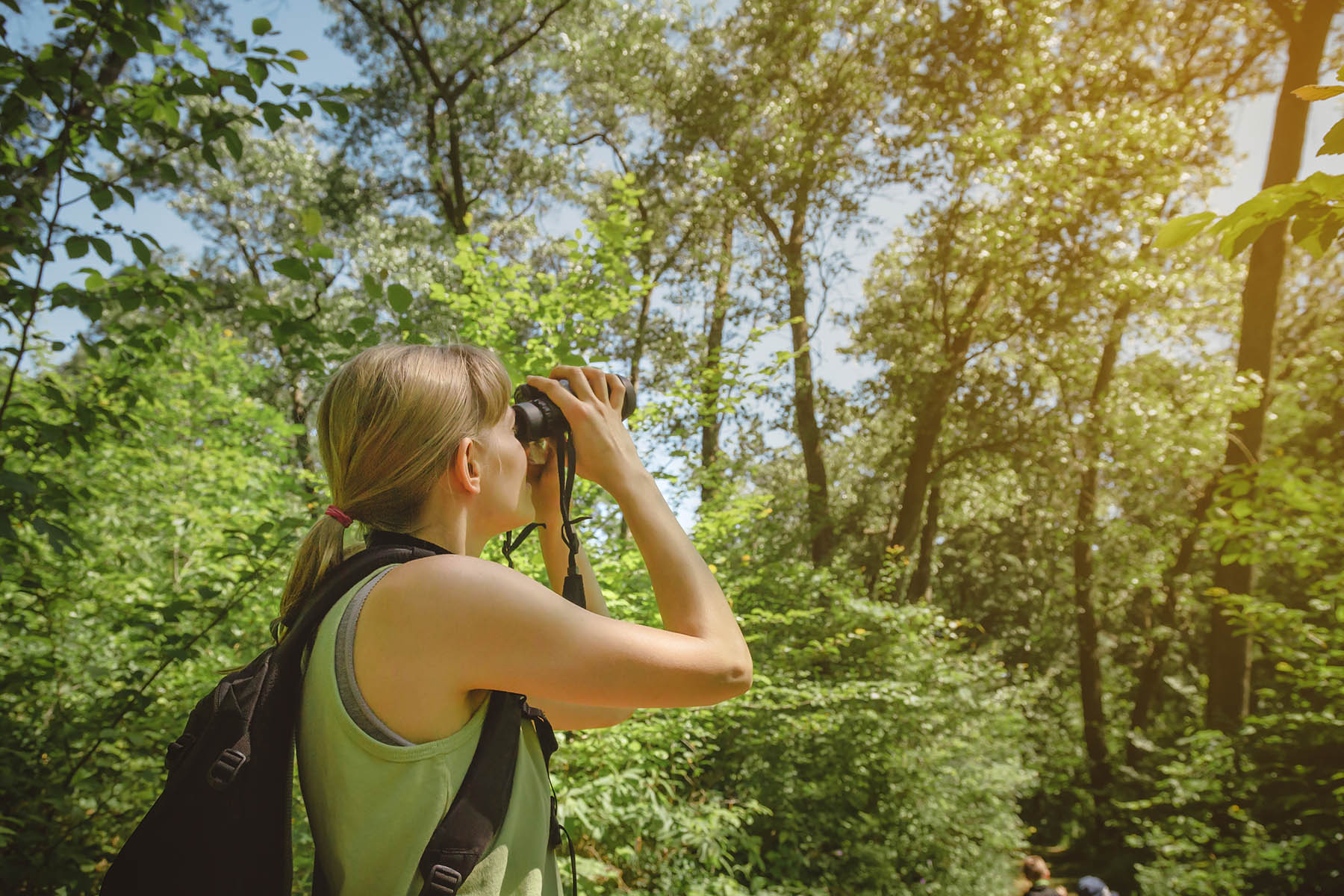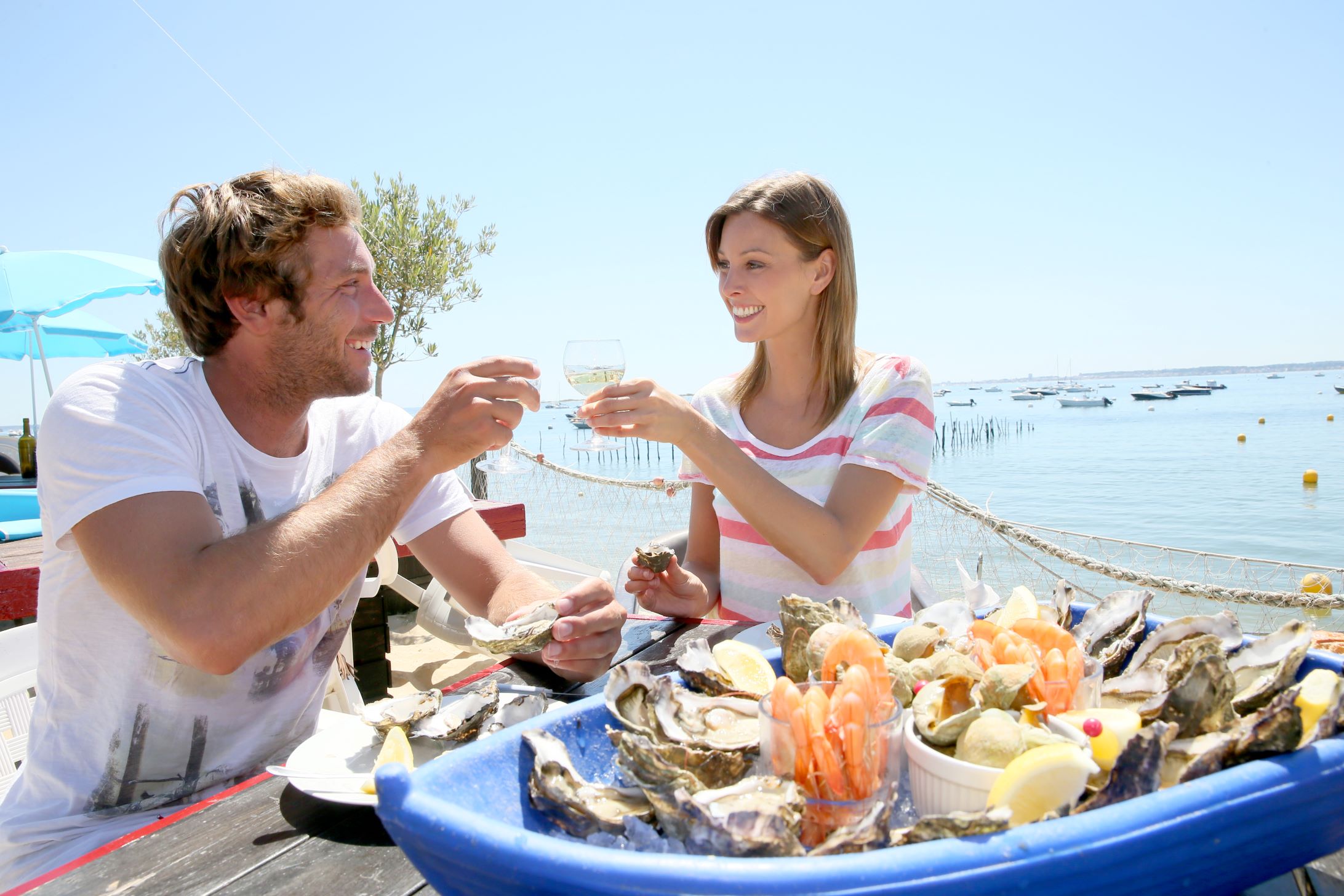Ghost crabs
Ghost crabs are small, fascinating creatures that scuttle along the sandy beaches of the Outer Banks. Known for their quick speed and unique coloring, these crabs are a favorite among beachgoers and wildlife enthusiasts alike.
Learn How to Go Crabbing in Outer Banks, NC
Get ready to discover the excitement of crab hunting on the Outer Banks coastline of North Carolina! Here, you’ll encounter the Atlantic Ghost Crab, a fascinating creature commonly found in hidden areas near canals and muddy banks. These small Outer Banks crabs, measuring only about 2 inches wide, have eyes that can rotate 360 degrees and can blend seamlessly into the sand, earning them the name “ghost” crabs.
But don’t let their size fool you! Hunting for ghost crabs in Outer Banks is a thrilling activity that requires patience, perseverance, and a sense of adventure. The best time to catch these elusive creatures is during the night when they are most active and searching for food, including coquina clams, sand crabs, and small sea debris from dead animals.
And if you’re lucky, you may even witness the exciting ritual of crab mating, which occurs from late May to early September when the crabs are the most active. During this time, you can see the male crabs engage in a fierce battle, raising their claws, posturing, and ultimately submitting to the other in a spectacular display.
To enjoy this activity, all you need is a flashlight, some patience, and a willingness to explore the best crabbing spots on the Outer Banks. So come on out, bring your sense of adventure, and discover the thrill of crab hunting on the Outer Banks!
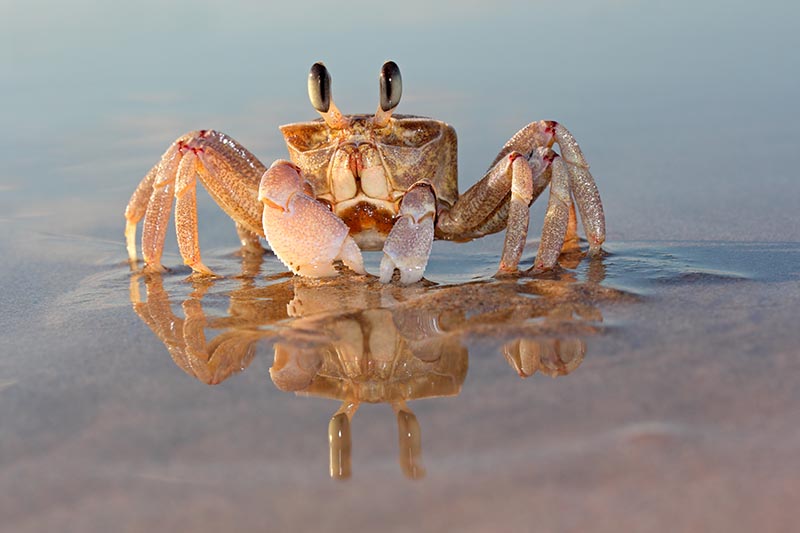
Where to Find Crabs
Hunting for crabs is not as easy as people think. Ghost crabs don’t like to come out of their holes when people are around but will peek out once things quiet down. As the ghost crabs are located all over Outer Banks, your best bet is to focus on small, quiet beaches, especially at night. You can look on any beach in Outer Banks, just search for the spots where little holes exist or look closely for movement under the sand.
For nighttime hunts, make sure to grab a flashlight. Public beaches are great spots to look at but stay away from the shoreline and up on the sand. They will scamper across the sand and give kids a chance to scurry after them. If you pick them up, do so from behind to avoid getting pinched. Some gloves might be helpful just in case. Let them go and just enjoy the hunt!

Crabbing Equipment and Supplies
The best equipment to have on had will include the following:
- Some gloves to pick them up (from behind to avoid pinchers)
- Hat and sunscreen if going out during the day
- Magnifying glass if you want to get up close to sand
- A camera to take photos
- A rod and line to entice them to come out
- Flashlight to look at night
- Headlamp
- A bucket to hold them for observation (then let them go)
- Strong and fast legs to chase them around on the sand!
It may also be necessary to wear soft sole beach shoes to avoid stepping on any crabs and getting hurt. Be mindful of your surroundings and always look where you’re going, especially if you’re on a night hunt!

Tips for New Crab Hunters
Many new crabbers love to head out and search for ghost crabs. They may not realize there are some tricks that make it a bit easier to spot them. Try these tips for newbie hunters:
- Wear dark colors at night
- Walk slowly and carefully as they scurry around and you want to catch them
- Start digging if they burrow and you want to catch them
- Release a few minutes after capture as they need wet gills to breathe
- Be respectful and gentle with them but also be mindful they have pinchers that may get you so be careful if touching (always go from behind and not near the head)
- Scoop from under the sand and put in a bucket to look at for only a short time
- Use a flashlight or headlamp (which frees up hands to catch)
- A sense of adventure!
Experience the Thrill of Catching Ghost Crabs in Outer Banks, NC
When the sun sets and darkness blankets the shores of the Outer Banks, a new adventure awaits. Step onto the beach with a flashlight in hand, and you’ll discover the exhilarating world of catching ghost crabs. This unique activity combines excitement, discovery, and a dash of mystery, offering a memorable experience for visitors of all ages.
What are Ghost Crabs?
Ghost crabs, also known as sand crabs, are fascinating creatures that inhabit the sandy shores of the Outer Banks. These nocturnal crustaceans are named for their pale coloration, which allows them to blend seamlessly with the sandy beaches. Ghost crabs are renowned for their incredible speed, agility, and the distinctive eyestalks that give them an otherworldly appearance.
Preparing for the Adventure
To embark on a ghost crab-catching expedition, there are a few essential items you’ll need. First, a sturdy flashlight with a bright beam will help you spot these elusive creatures scurrying across the sand. Comfortable footwear, such as water shoes or sandals, is recommended to navigate the beach with ease. Additionally, a small bucket or container is essential for safely observing and releasing the crabs.
The Hunt Begins
Once you’re equipped and ready, head to the beach after dark when the ghost crabs emerge from their burrows. Ghost crabs are most active during low tide, so timing your adventure accordingly will increase your chances of spotting them. As you shine your flashlight across the sand, keep an eye out for small, darting movements—this is likely a ghost crab on the move.
Catching Ghost Crabs
When you spot a ghost crab, move slowly and quietly towards it, avoiding sudden movements that may startle the crab. It’s important to remember that ghost crabs are delicate creatures, so handling them gently is crucial. You can carefully scoop them into your bucket or container, ensuring not to harm their legs or eyestalks. Take a moment to observe their fascinating features up close before releasing them back onto the sand. Remember to handle ghost crabs with respect for their well-being and the environment.
Observing and Learning
As you catch and release ghost crabs, take the opportunity to observe their behavior and study their unique characteristics. Observe how they move across the sand, dig burrows, and interact with their surroundings. Ghost crabs are known for their exceptional vision, agility, and their ability to adapt to life on the beach. Engage in discussions and share knowledge about these fascinating creatures, promoting a deeper understanding and appreciation for the marine ecosystem.
Safety and Conservation
During your ghost crab-catching adventure, it’s important to prioritize safety and conservation. Always be mindful of the tides and any potential hazards on the beach. Remember, you’re a guest in their habitat, so avoid disturbing or harming ghost crabs or their burrows. It’s essential to release the crabs back onto the sand unharmed after observing them, allowing them to continue their vital role in the ecosystem.
Go Get those Crabs!
Catching ghost crabs in the Outer Banks is a thrilling and educational activity that allows you to connect with the captivating world of these nocturnal creatures. The experience of searching for them under the starry sky, observing their unique behavior, and releasing them back into their natural habitat creates lasting memories and a deeper appreciation for the wonders of nature. So, grab your flashlight, embrace the night, and embark on a ghost crab-catching adventure in the Outer Banks, where discovery and excitement await at every sandy turn.
Outer Banks Ghost Crabs F.A.Q.
You can bait and put them in a bucket to keep for a time but it is recommended to catch-and-release any ghost crabs you find. Some people want to use them as bait for regular fishing or other activities but it is best to have fun while you hunt then move on or let any go you catch in your net.
Handlining involves using a long fishing line, small net, and little bits of chicken or turkey bait. Slowly pull it back once you feel a tug and you might get yourself a little crab! If you decide to keep a crab you catch, you can’t keep more than 50 per day and must be between 5” to 6.75.” Release the ghost crabs you find into the wild.
Get some basic equipment like a hat for baiting them, chicken for bait, a bucket, flashlight or headlamp, and a camera to snap some photos. Always be respectful of nature and wildlife. They may pinch so be mindful picking them up!
Yes their pinchers can pinch but it’s not really a bite. It might sting for a moment but it is inevitable if you’re hunting them. They are quite small and it shouldn’t cause any issues. It may help to have a medic kit on hand for little ones who get their fingers pinched. It may also help to have some love if you’re worried about nips from their pincers.
Ghost crabs, also known as sand crabs, are small crustaceans that inhabit sandy beaches, including those in the Outer Banks. They get their name from their pale coloration, which helps them blend in with the sand. Ghost crabs are known for their exceptional speed, agility, and distinctive eyestalks.
Ghost crabs are primarily active at night, particularly during low tide. Heading to the beach after dark and during low tide will increase your chances of spotting and catching ghost crabs.
No, ghost crabs are not harmful or dangerous to humans. They are relatively harmless creatures and typically avoid human interaction. However, it is important to handle them gently and release them back onto the sand unharmed to ensure their well-being and conservation.
While ghost crabs may seem fascinating and tempting to keep as pets, it is generally not recommended. Ghost crabs are adapted to their natural beach environment, and replicating their habitat and providing suitable care can be challenging. It is best to observe and appreciate them in their natural habitat and release them unharmed after observation.
Conservation of ghost crabs and their habitat is essential for their continued well-being. Here are some ways to contribute to their conservation:
- Avoid disturbing or damaging their burrows while on the beach.
- Release captured ghost crabs back onto the sand carefully and gently.
- Educate others about the importance of preserving coastal ecosystems and respecting wildlife.
- Participate in beach clean-up initiatives to maintain a healthy environment for ghost crabs and other marine creatures.

